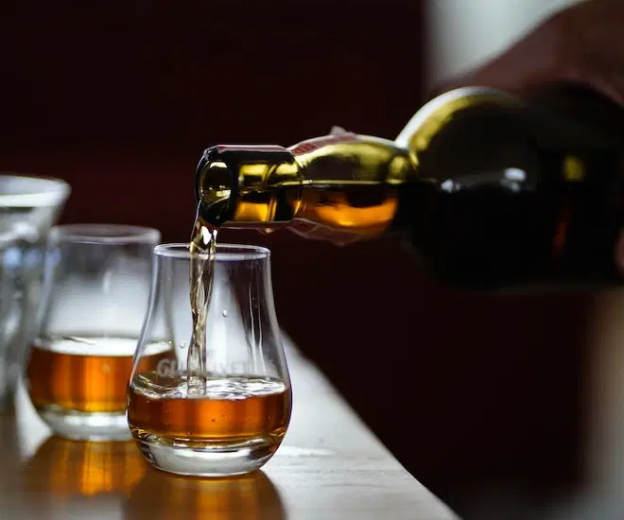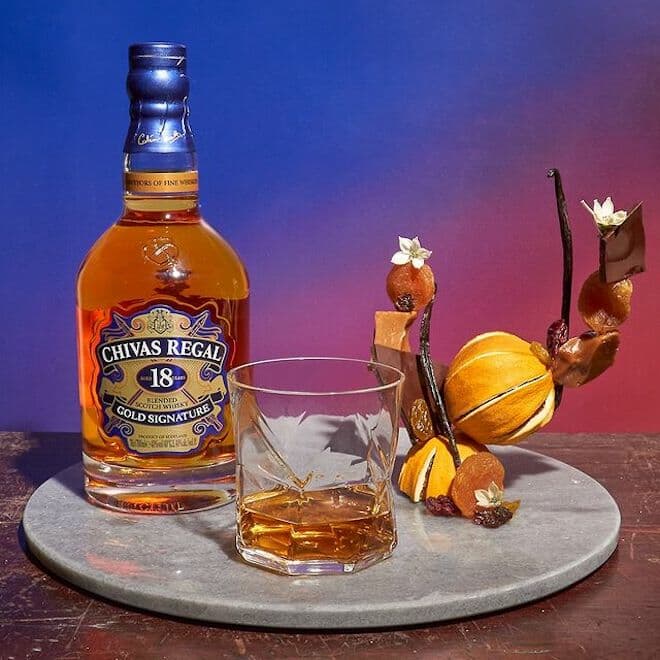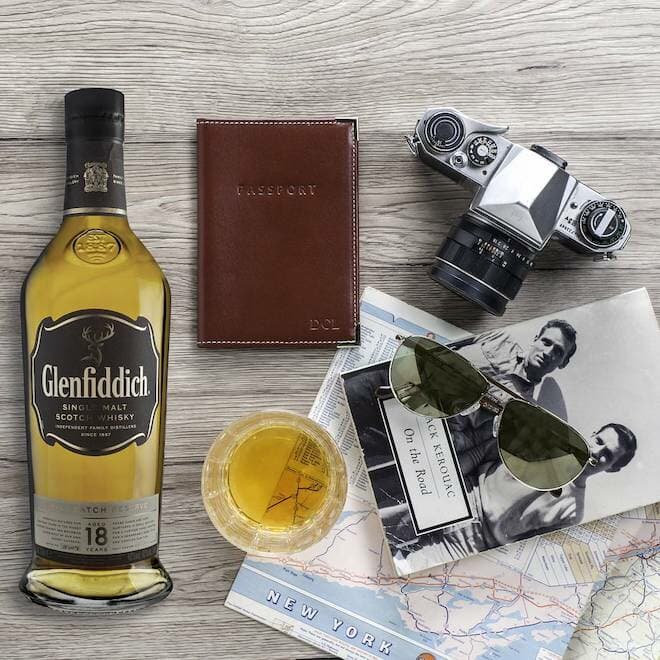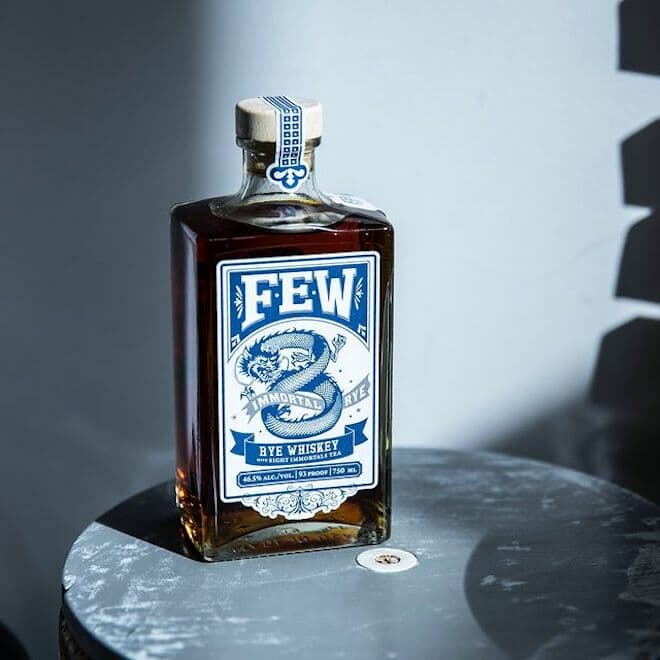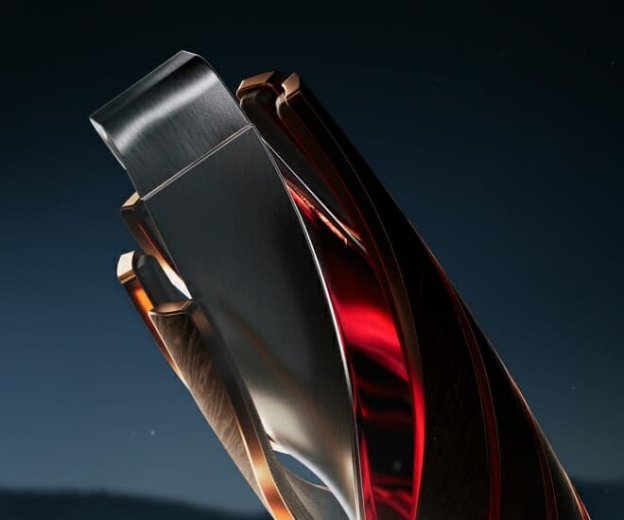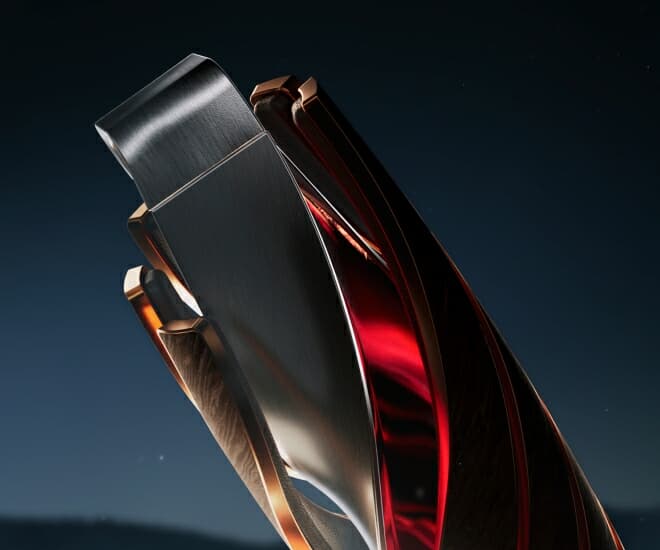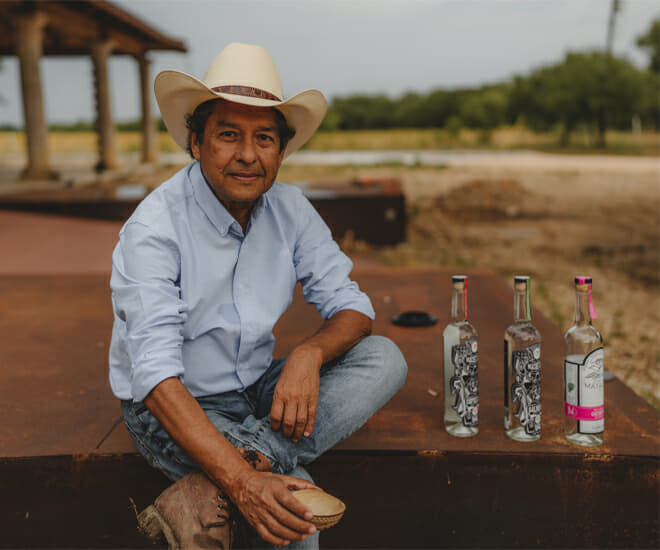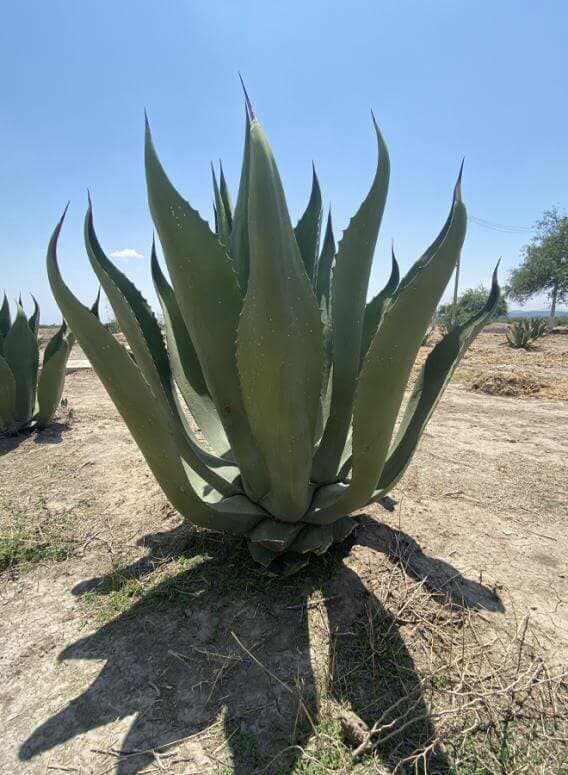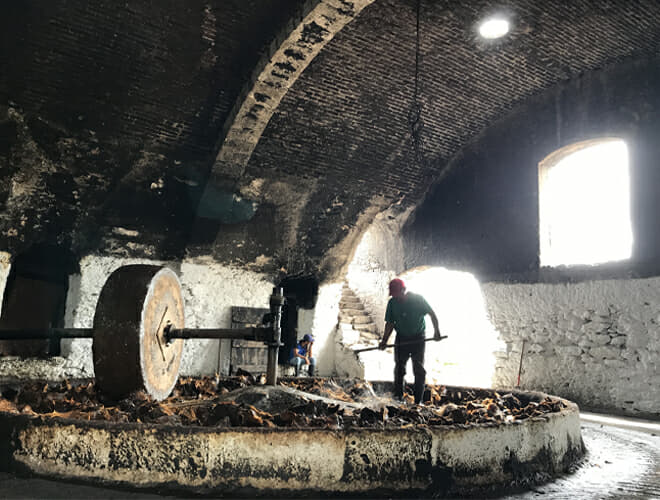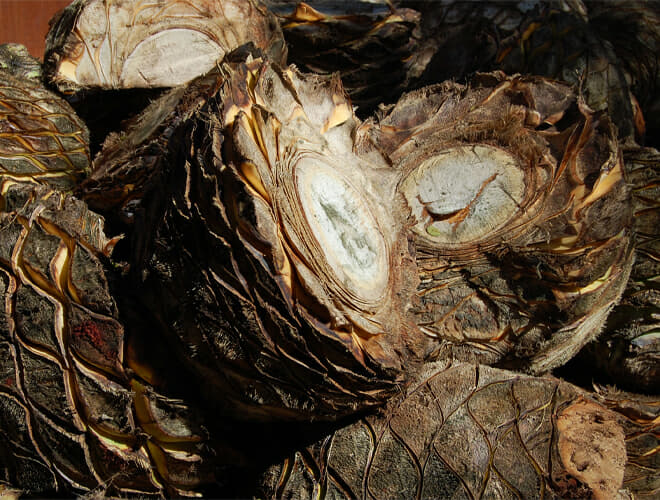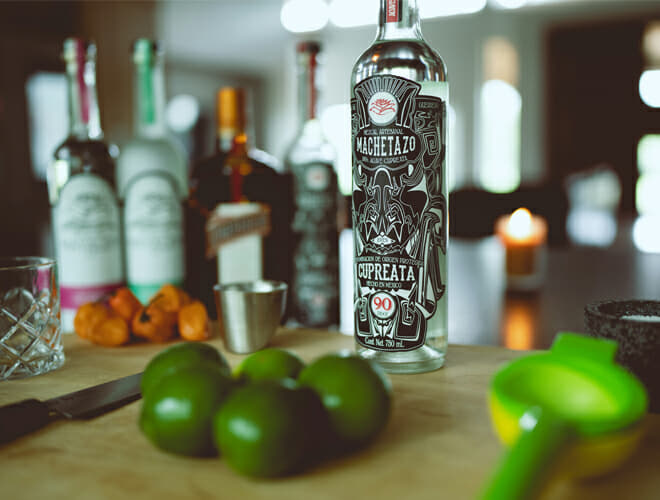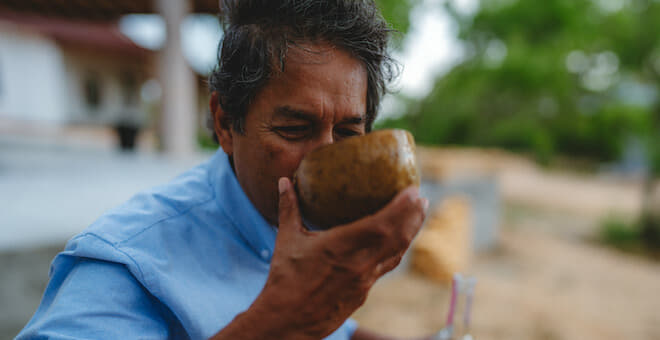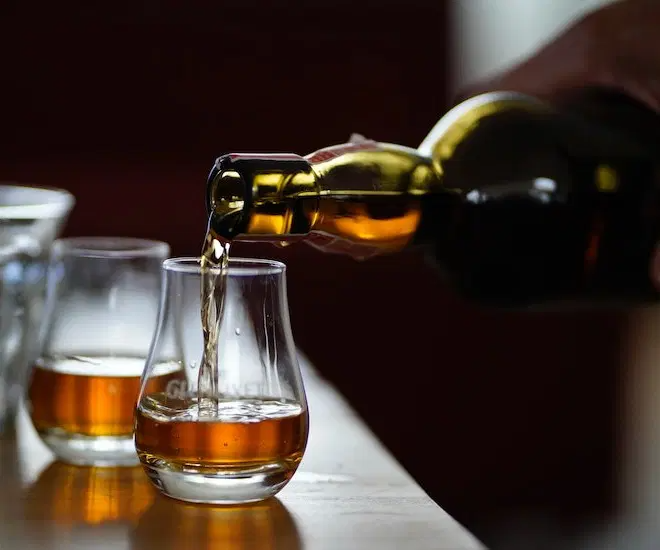
Japan’s foray into commercial whisky distillation began in 1923 when Suntory’s founder Shinjiro Torii founded the Yamazaki Distillery on the edges of Kyoto prefecture, in a region referred to in the past as “Minaseno”. Compared to the western world, Japan is a late bloomer with its history only going back to the early 20th century. In comparison, the Scotch whisky giant Chivas Regal traces its heritage back to the 18th century with the founding of the Strathisla distillery. However, despite its short history, Japanese whiskies have gained international recognition and popularity in recent years. In 2001 Nikka won “Best of the Best” at Whisky Magazine’s Awards with its 10-year Yoichi Single malt, planting the spotlight firmly on Japanese whisky. Understandably, it prompts the question, what exactly differentiates Japanese whisky from those of the western world?
Whisky or whiskey?
Before getting into the down and dirty, it would be appropriate to clarify that even in the western world, there exist many distinctions between each country’s whisk(e)y. Whisky, in the old days, was spelt without the “e” in both Scotland and Ireland. However, in the late 1800s, four of the biggest distillers in Ireland pushed for the addition of the vowel as a marketing differentiator. The later use of the letter “e” by subsequent distillers in the non-Gaelic countries depended on their connection to either Scotch or Irish whisk(e)y. Japanese distilleries largely follow the same techniques as the Scottish and so exclude the vowel. Whereas the Americans favoured the Irish product and sought association with it by spelling it whiskey.
Since the Japanese took inspiration from the Scots, that seems to be the logical point of comparison. But first, here is a brief rundown of some of the major products of the West.
READ MORE: The Macallan Harmony Collection Inspired by Intense Arabica: A Perfect Pairing of Whisky and Coffee
Scotch
Scotland’s cold windy climate has forced its distilleries to adopt unique traditions, contributing to the distinct taste of scotch. The harsh winds of Scotland mean that oak trees, traditionally used to produce whisky barrels are rare. Therefore, Scottish distillers adopted the practice of reusing barrels from the US and other parts of Europe to age their whisky. The lack of wood as a fuel source also led to the use of peat to dry out barley grains. This results in a unique flavour profile that is lighter than American whiskey but with that distinctive smoky flavour. This is nicely embodied by Chivas Regal’s 18 Gold Signature Blended Scotch and the Glenfiddich 18 Year Old. Both whiskies open with aromatic notes of dried fruits which then finish with a distinct smokiness that is unique to scotch.
Irish Whiskey
The Irish whiskey tradition is similar to that of Scotch, with some subtle differences. The Irish typically use unmalted barley in their mash bills while the Scots favour malted barley, and they utilise closed kilns compared to the Scottish tradition of drying barley over burning peat. This results in a subtler, smoother taste, that is generally light and fruity with notes of the various grains used. A great Irish Whiskey to try is Bushmills’ flagship 10 year Single Malt.

American bourbon and rye
Bourbon uses predominantly corn while Rye uses mostly rye. Given the abundance of American oak, distillers in the US do not typically adopt the practice of reusing old barrels for ageing, resulting in a bolder flavour profile much like the American spirit. Bourbons have a delicious sweetness and full body provided by the corn while rye lends an earthy spiciness. Knob Creek’s Patiently Aged Kentucky Straight Bourbon, the core product of the small batch brand embodies all things great about bourbon while FEW Rye Whiskey brings the heat of American rye.
Japanese whisky and its connection to nature
While Japanese whisky may not have a history going back centuries, to say that the Japanese do not have a booze-soaked heritage would be folly. After all, they were the ones who introduced the world to the beauty of sake and shochu. A crucial component in Japanese whisky production is the purity of the water used which explains Torii’s choice to settle in that region of Japan. Additionally, many of Japan’s distilleries are built at higher altitudes resulting in lower pressure, in turn resulting in lower boiling points when distilling. This helps to retain aroma and flavour, for a smoother drinking experience. Finally, while following Scottish traditions, Japanese whiskies tend to be less peated, as Japanese generally prefer lighter flavours. The result is a unique light and fruity taste. The Hibiki’s 17 Year Old, Suntory’s main venture into blended whisky is a delightful whisky with notes of citrus peels and raisin and a tinge of gentle smoke, a nod to the Scottish traditions upon which Japan built its practices.

With its distinctive profile owing to the marriage of Japan’s connection to nature and Scottish tradition, it is little wonder that the Japanese are taking the world of whisky by storm.
For more alcohol reads, click here.
